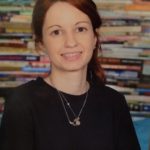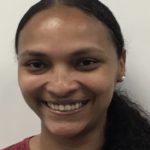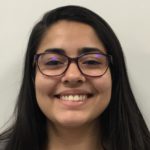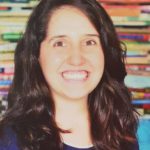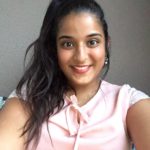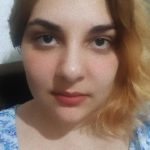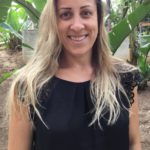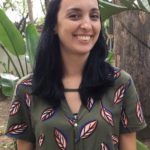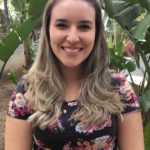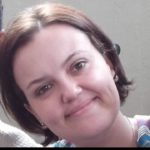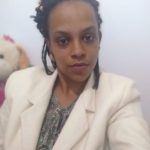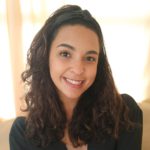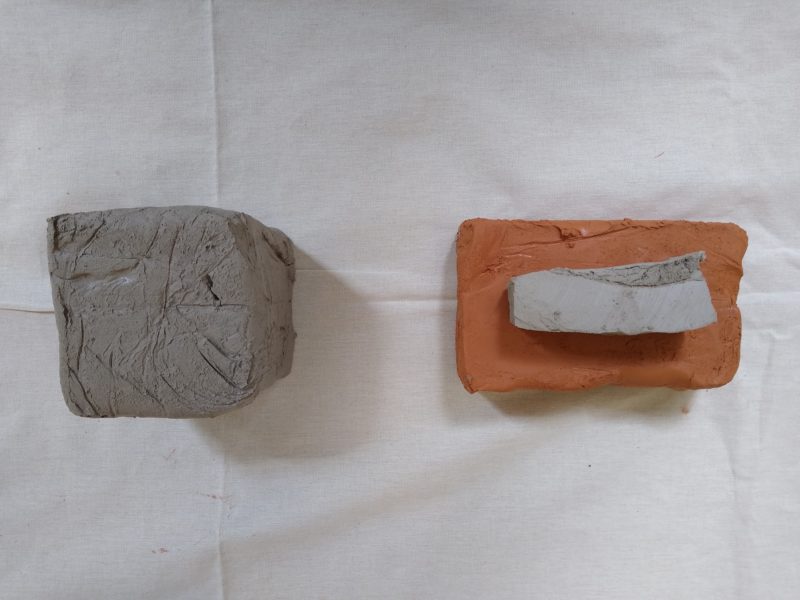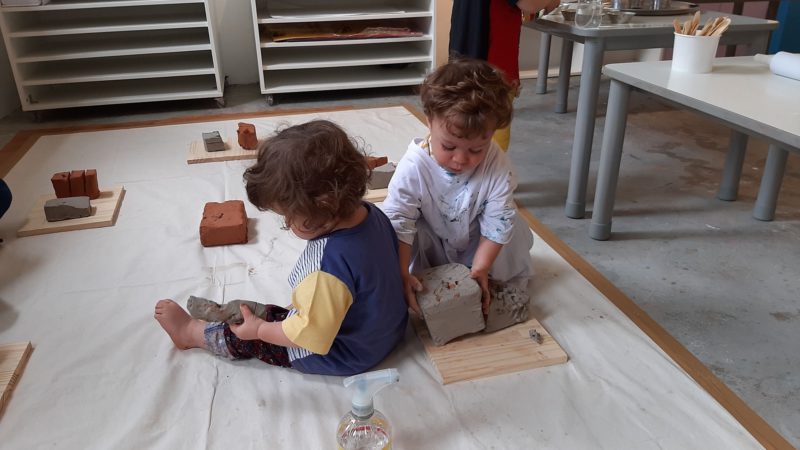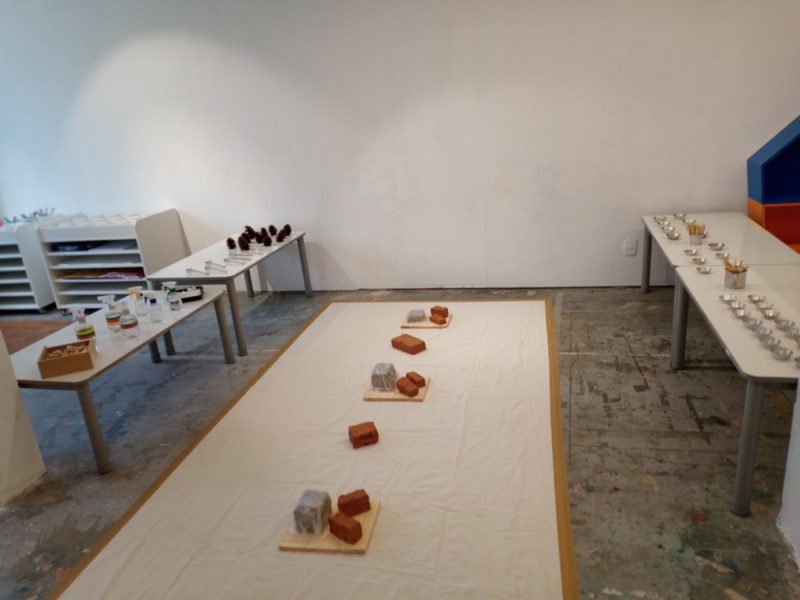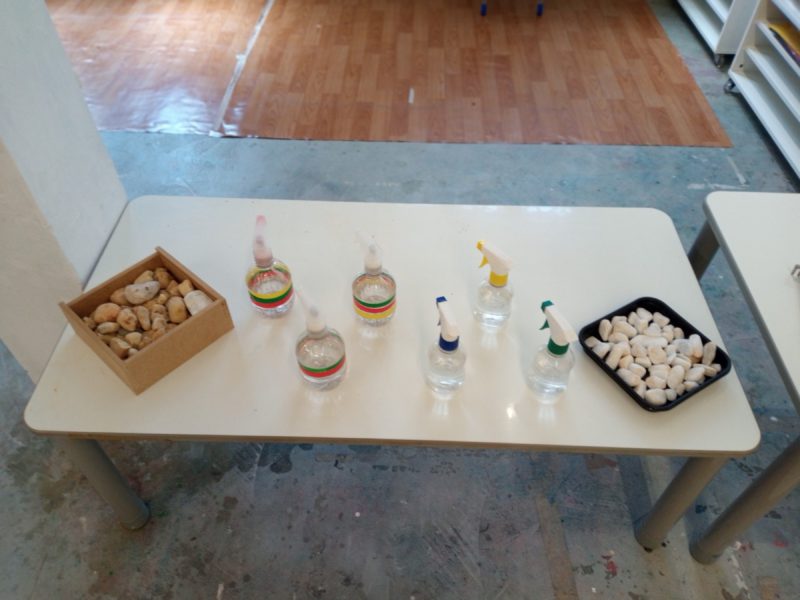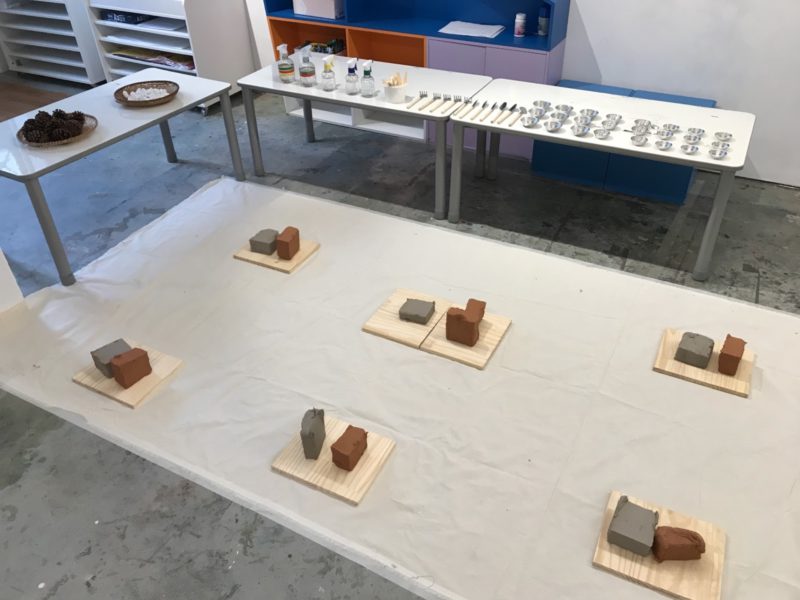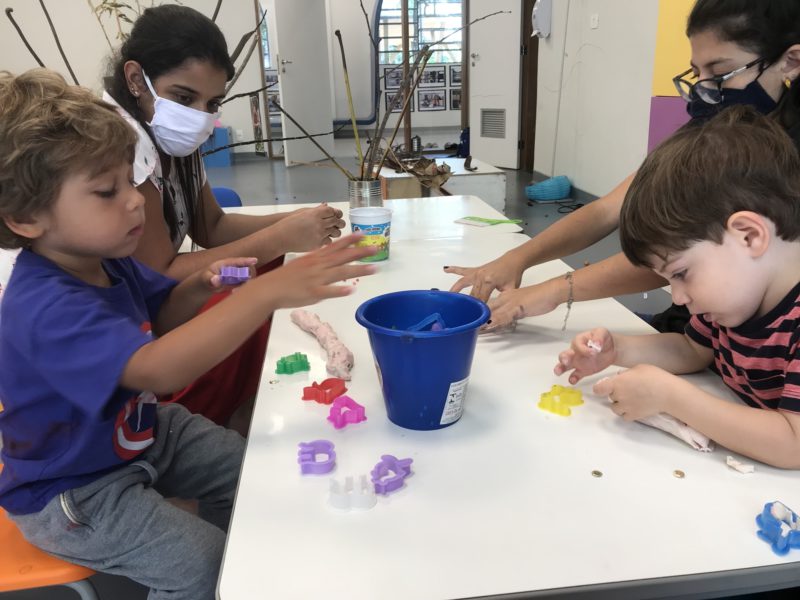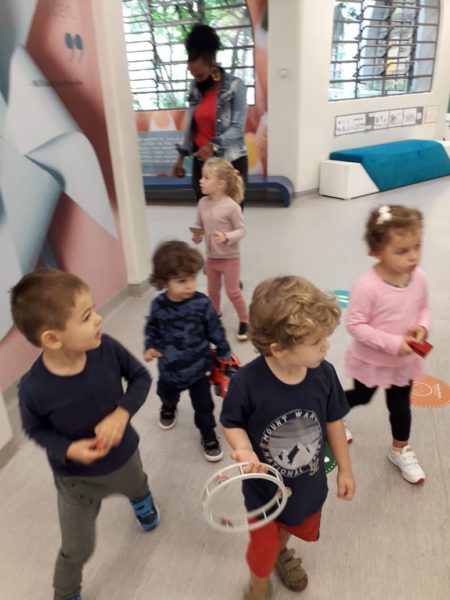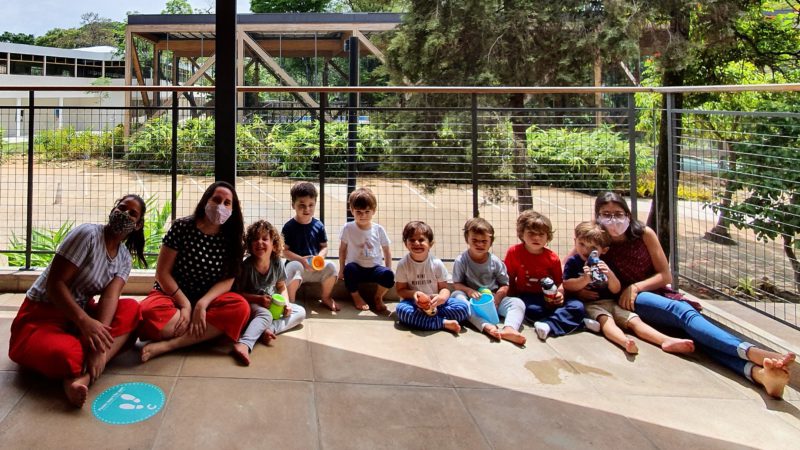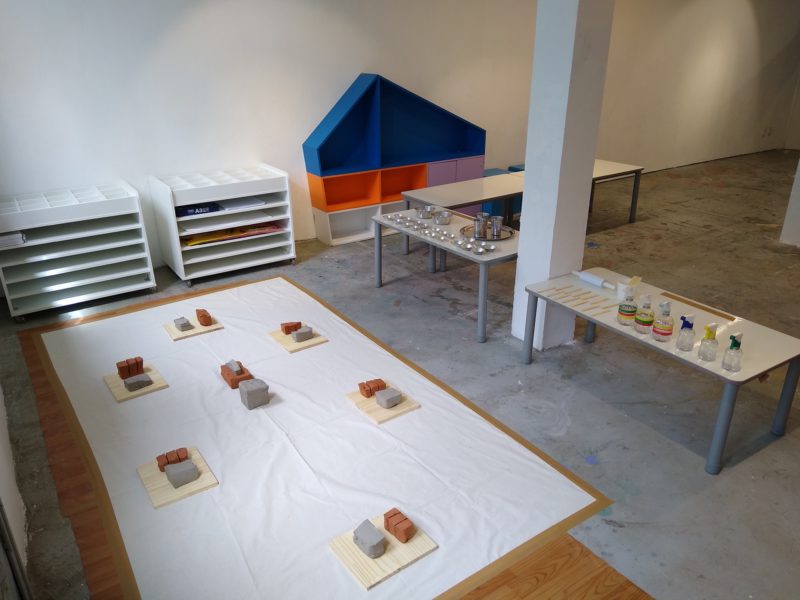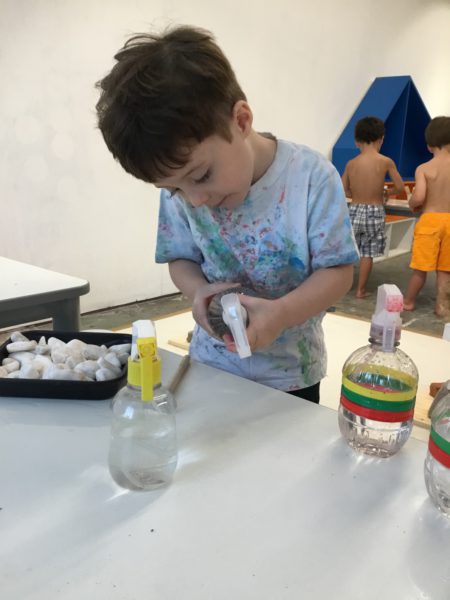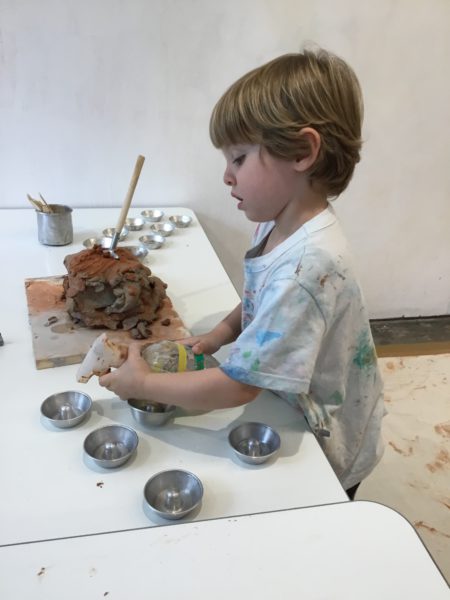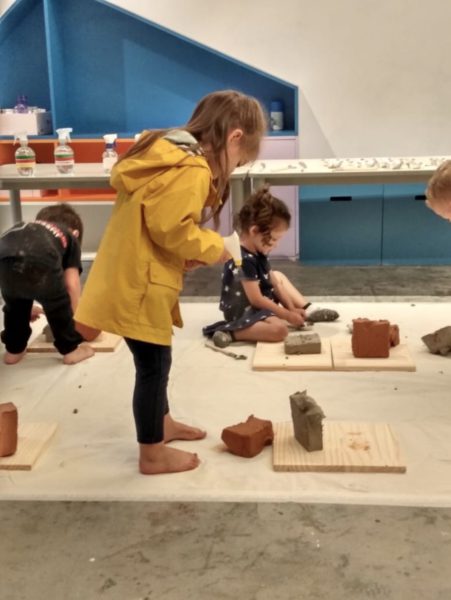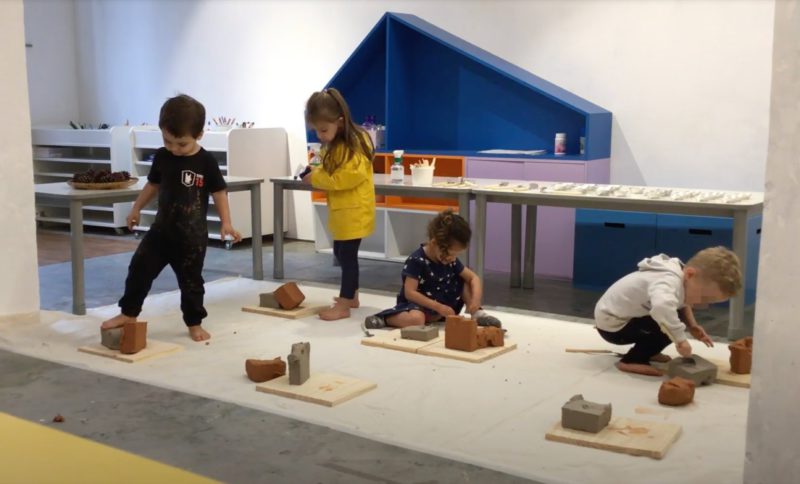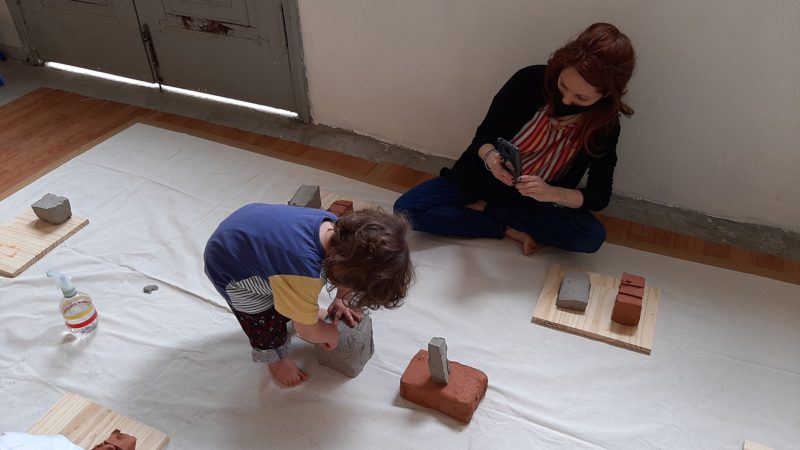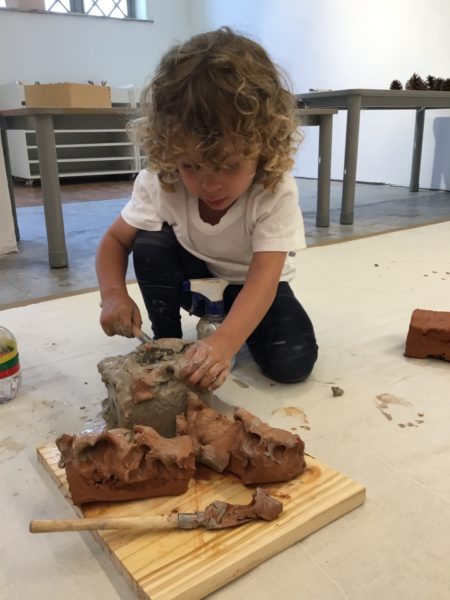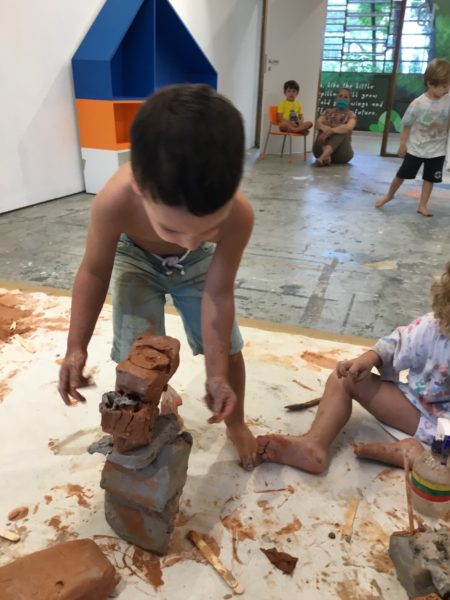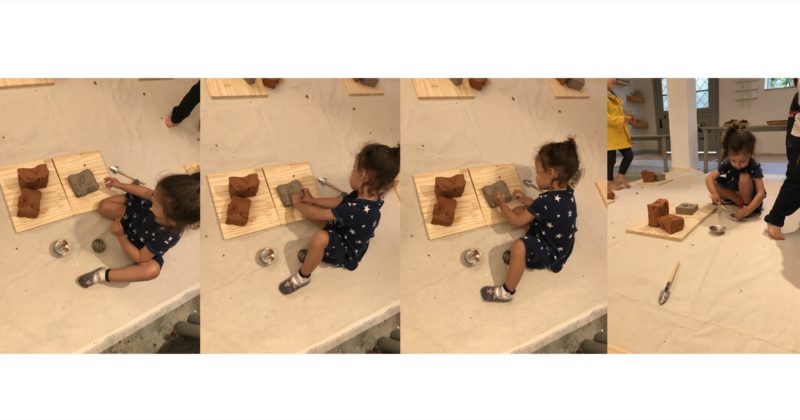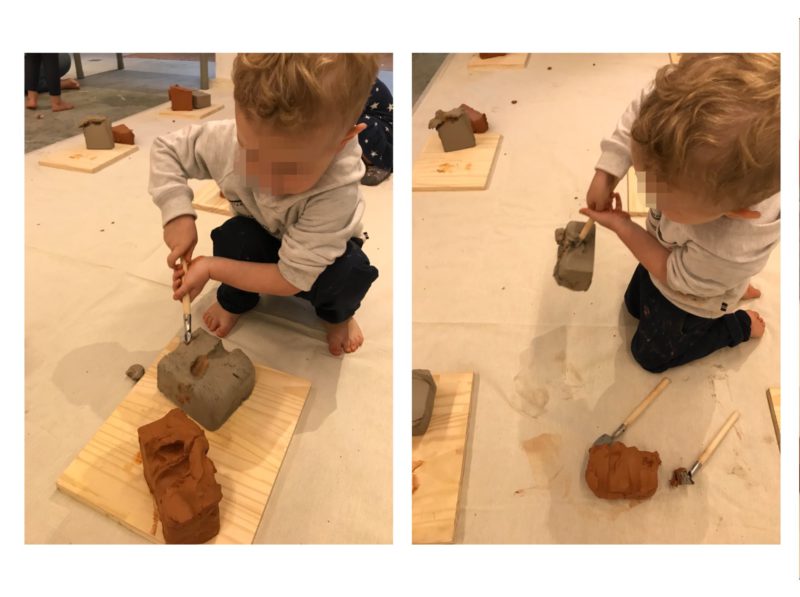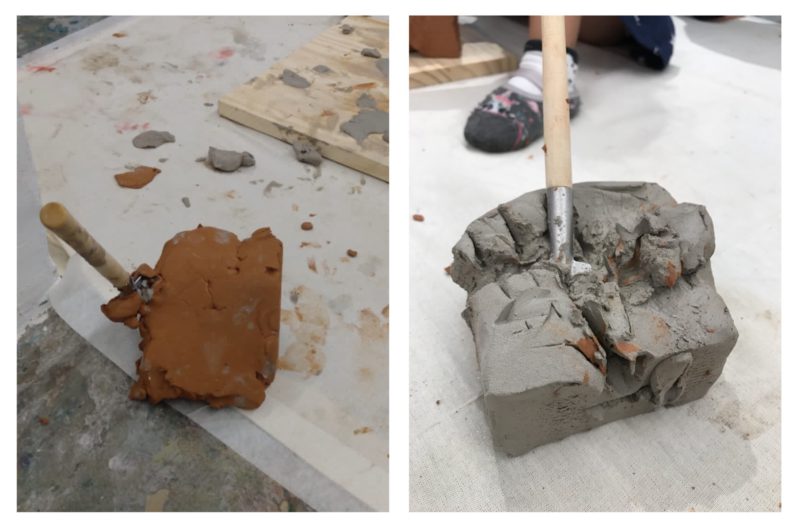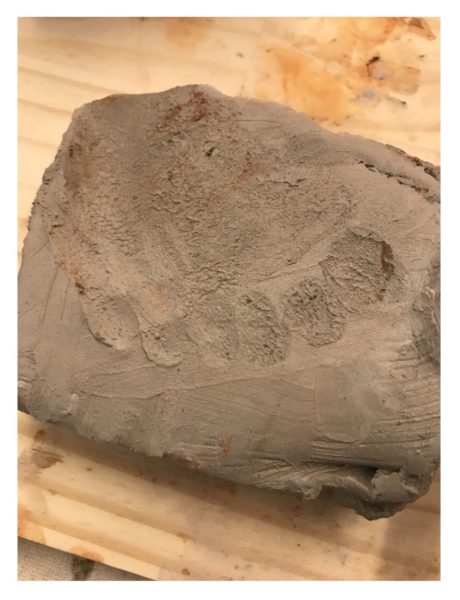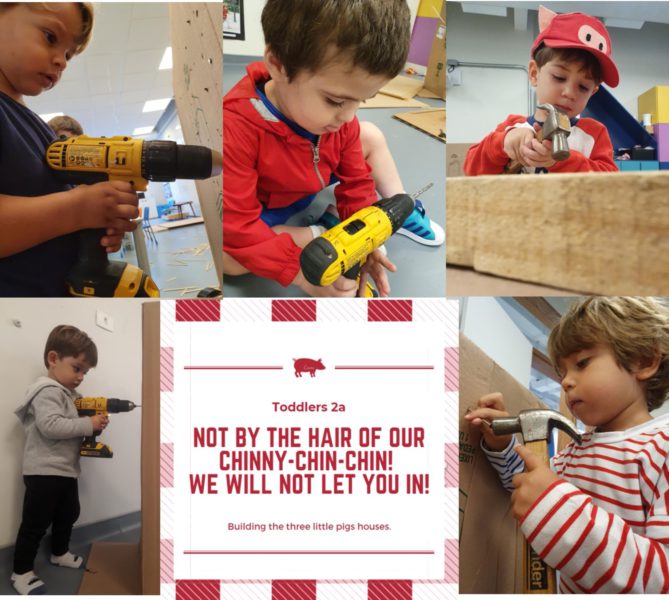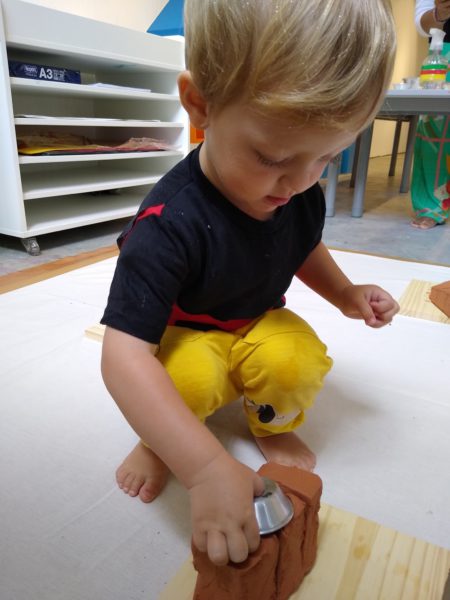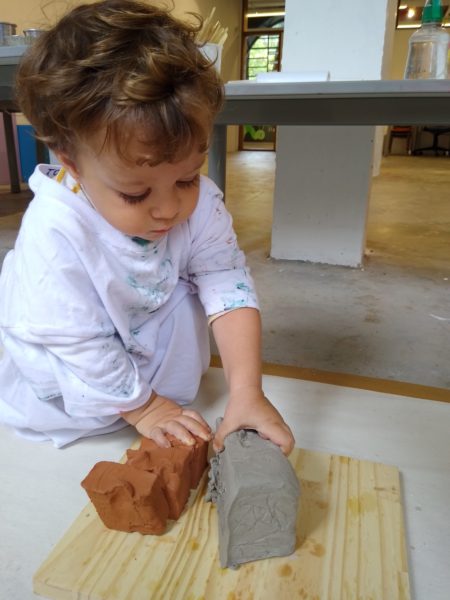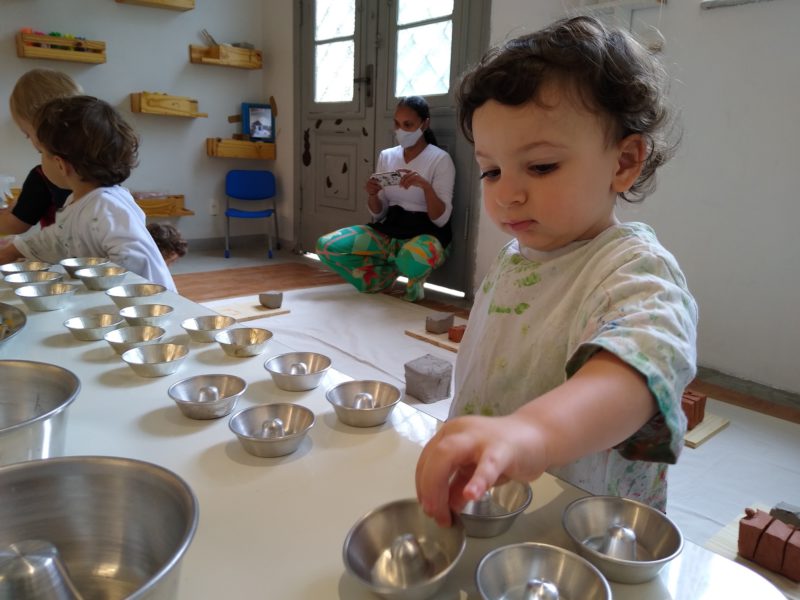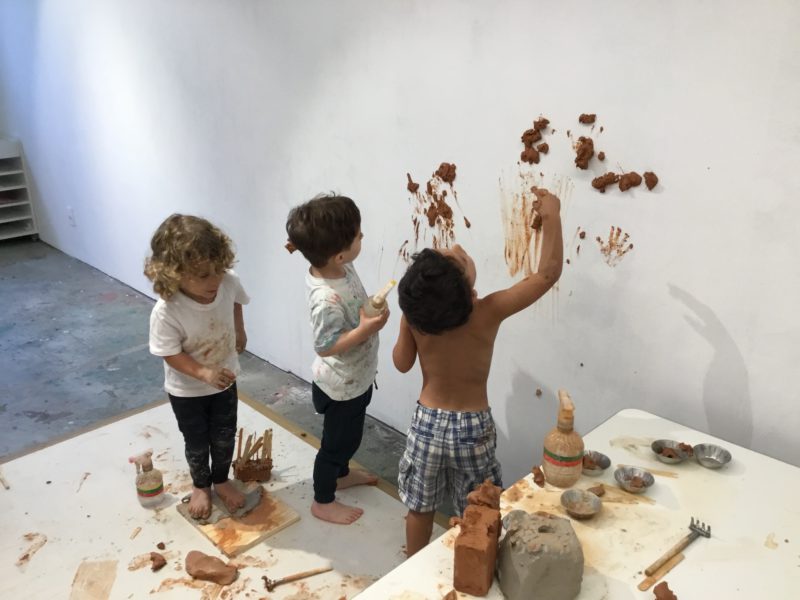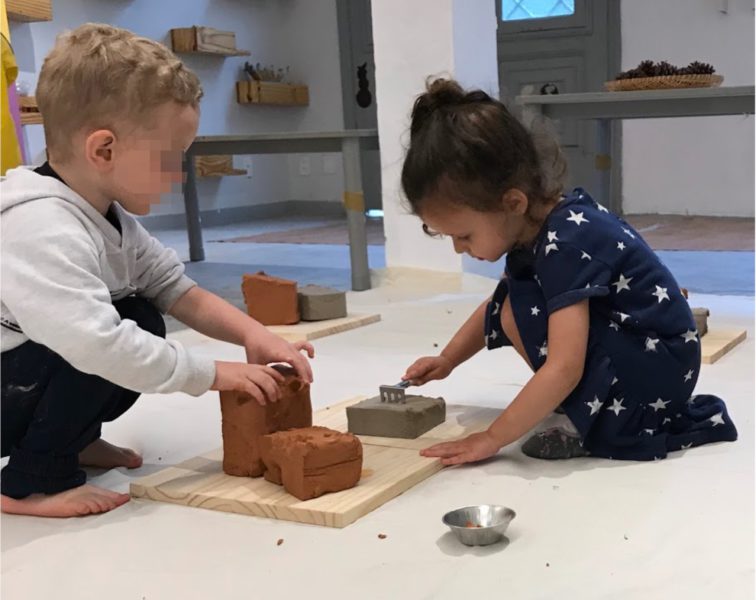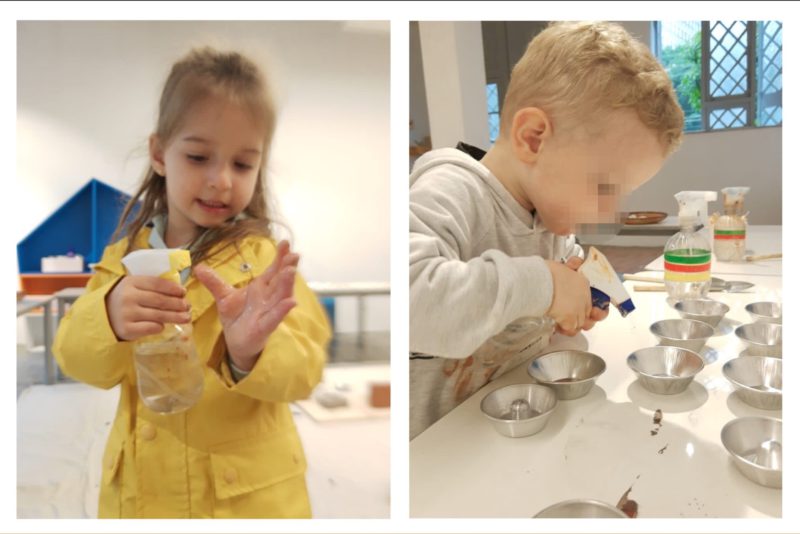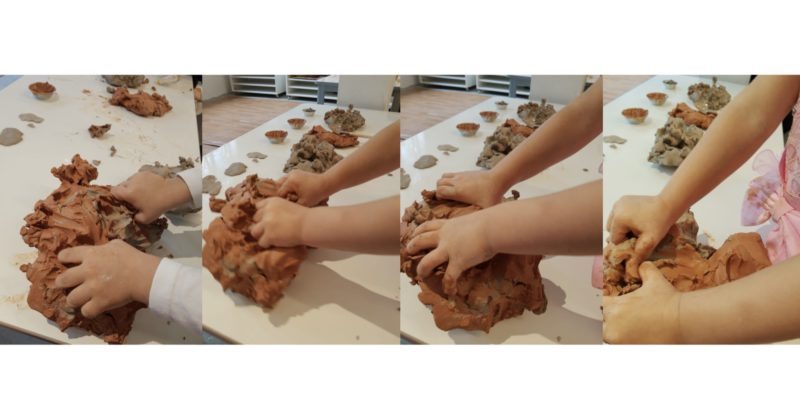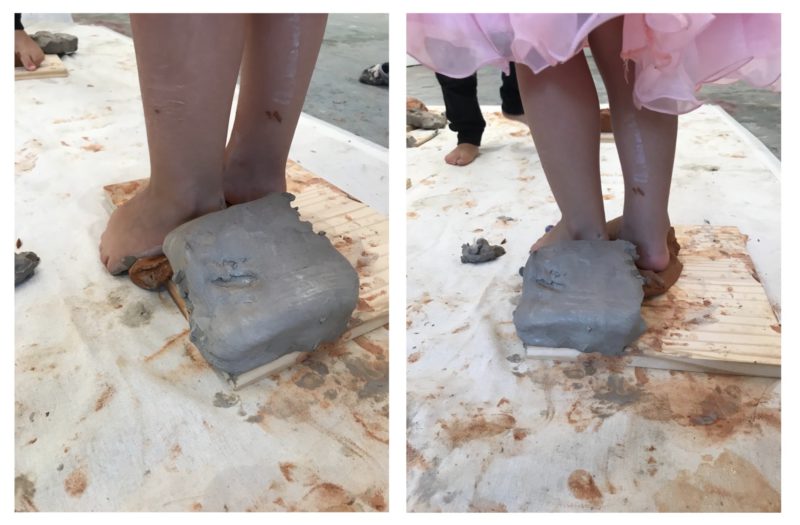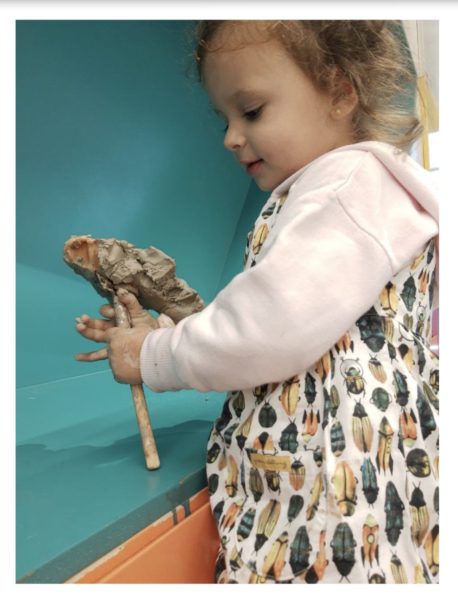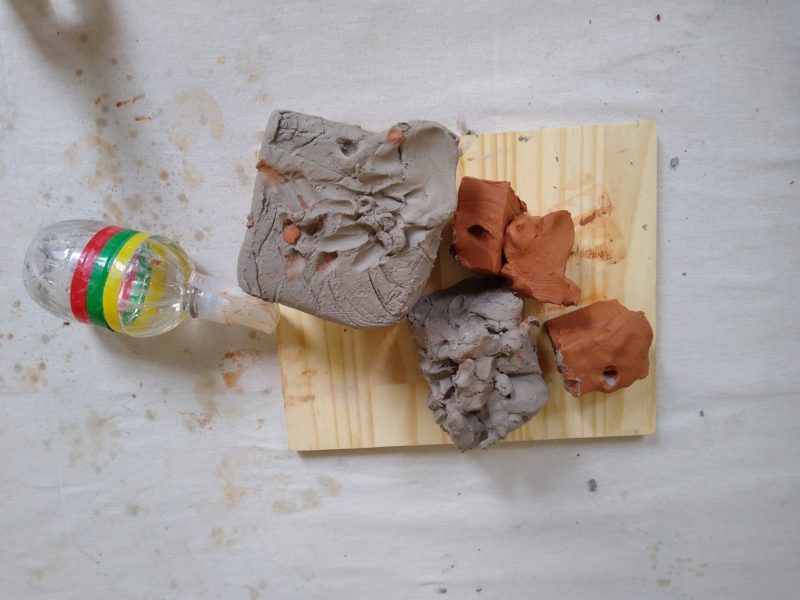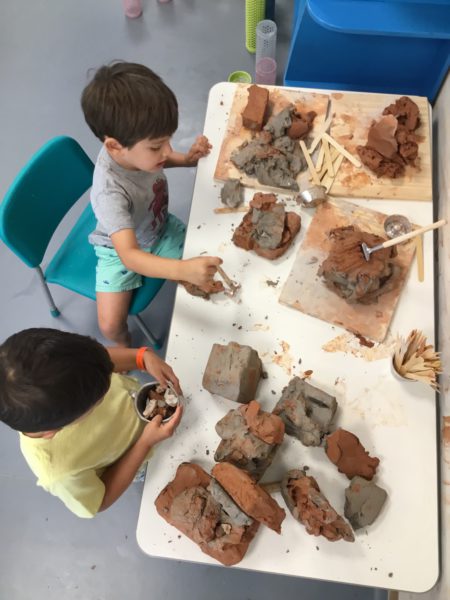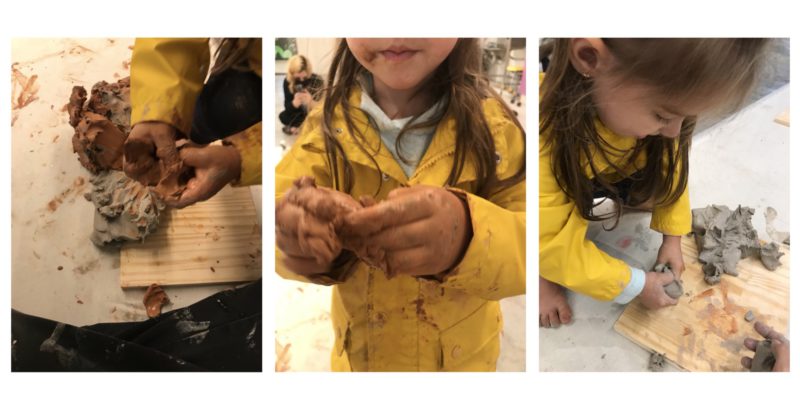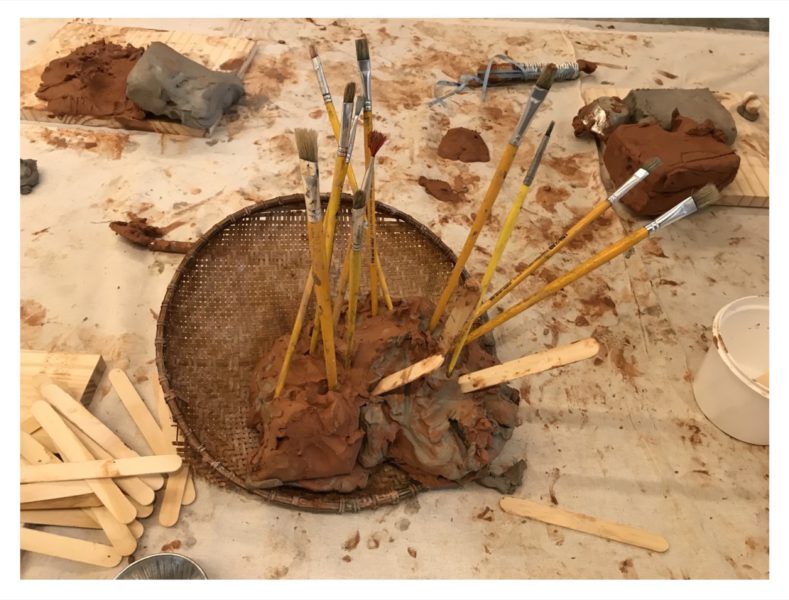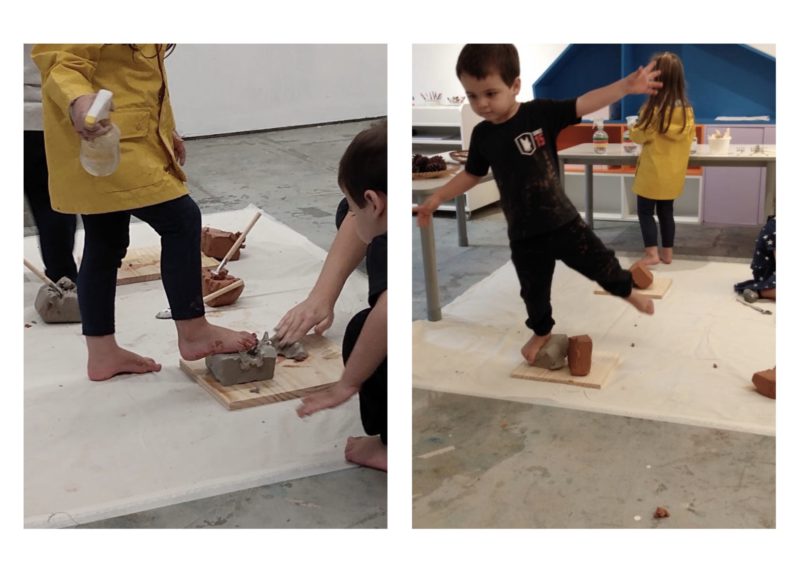What does the contact with different materialities tell us about the child’s research path?
What does the contact with different materialities tell us about the child's research path?
General topic of interest
Toddlers 1 and 2 learners have been engaged in a series of experimentations and investigations with different materialities (natural, artificial, magnetic, metallic, glass, elements of light and shadow, colors, absence of color, surfaces, fabrics, opaque materials, transparent, translucent, reflective, circular figures, objects of different lengths, small and large materials). We invited our children to explore these materials and make relations between what was offered and other elements around them. Because of our understanding that young learners learn about the world using their whole bodies we strongly believed that they could benefit a lot from these moments of manipulation, experimentation and connection, expanding their perceptions, building their own universes, inquiring about the peculiarities of the materials, making their thoughts visible to the community.
Participants
Toddlers from five different groups
Data collecting approach
The data presented were obtained and recorded daily through photos, videos and notes of dialogues, with a careful, continuous and intentional look. Thus, the pedagogical documentation represented a strategy for the construction of praxeological knowledge.
Data collecting example
For the research we made a continuous video recording during the sessions with a static iPad and also short videos and photos with our phones. Through the analysis of these records we were able to get in touch with the specificities of children's investigative pathways and also to evaluate our conduct as educators for future relaunching.
Emerging results
The playful, gestural and verbal experimentation of the multiple languages explored, favored the expression of children's emotions and feelings. While touching and manipulating different materialities students learnt about themselves.
The experience with different materials allowed students to experience challenges through interactions with the space, objects and materials offered. It also expanded the interactions between adults and other children, stimulating free movement, curiosity and creativity. It was interesting to note that each child, at their own pace, made choices between the materials offered. We could see that children, many times, started to raise questions. It was clear that the experiences from meaningful contexts generated real dilemmas and learning opportunities. And together, we’ve built a path without ready and static answers, but constructed by questions that motivated us to take an investigative stance and be able to have an effective position. An attitude! Which is the opposite of paralyzing in the face of a challenge. We have a problem, what about now? There were so many possibilities, and for each one there was a solution.
Reflections
In the course of this research, we were able to perceive different aspects of knowledge and possibilities of deepening, as we had 5 groups experiencing individual investigative processes, within the scope of one childhood conception and common goals.
Throughout this process, five elements stood out between meetings and connections of the different processes. They were the relationships in which our boys and girls established with the materials, the relationships with the different learning spaces, the ways in which children interacted with their peers and with the materialities presented and, finally, our posture as educators and the importance of welcoming multiple learning paths and rhythms.
On returning to campus, we continued with the Virtual Village, beginning our journey with blended learning. Toddler students showed great interest in exploring the school spaces they already knew, but this time, giving these spaces a differentiated, investigative and contemplative look. In this sense, new research took place at the collective level and through the intimacy of the inhabited spaces, whether if it was at the school campus or in the respective children's homes. Each territory has become a large research laboratory, with direct connections with nature, transformations and through the expansion of our repertoire of observations and sensations in the world around us.
Throughout this path, we have constructed contexts of varied research so that it was possible to establish spatial relationships, capacity for creation, multi sensory and diverse mathematical knowledge, through the exploration of quantities, sizes and volumes.
From contexts with multiple materials, children were invited to work cooperatively, were able to make decisions, seek strategies, change them, confront them and try again, based on new learning. It is important to note that the prepared spaces were designed to reflect the investigative process together with the pedagogical intent that proposed spaces interspersed with elements that caused challenges to children.
Even the empty spaces provoked multiple experiences. Children were able to use their bodies in motion, perceive the ground as a support point, position objects, develop perceptions about three-dimensionality (width, height, depth), planes (vertical, horizontal, inclined), notions of direction, distance, speed, limits, sizes, proportions, balance, reference point, among other possibilities.
The body in motion also represented our object of study during the complex journey of feeding fruition and appreciation for aesthetics in the construction of dialogues between different materialities. Whereas running, jumping, dancing, experimenting and living the different individual rhythms and routes in the collective scope.
All planning with the materialities involved the construction of mind maps that guided us in the choices regarding the different properties, such as weight, size, characteristics and variations in the creation of meaningful contexts.
In addition, the educator's perceptions about themselves were sharpened as we noticed the hypotheses brought up by the children. This place of being attentive to students movements, ways of playing, games and languages helped us to understand their statements, certainties, concerns and questions. That is why it is worth noting that the act of observing and participating in the process unveiled the path we followed throughout the research.
Our perception could also be deepened in relation to the importance of welcoming different needs, being flexible with proposal times and integrated planning. Continuing the educator's attentive eye, the intentionality and purpose of the proposals were exalted by allowing children to experience the proposals at the desired time, favoring an environment of child initiated research.
In conclusion, the research helped in the construction of a learning path for educators, reverberating in the relationship with children and greater articulation of partnerships between groups.
Next steps
Considering that the results of research conducted with the different groups of Toddlers reflected the investigative paths present in the child's daily life, our intention is to offer possibilities and create contexts that allow the development of these paths, whether individual or collective. We will also continue the partnership established between the educators during this process in order to improve the reflection on our practice and on our observations regarding students in their learning processes. CLICK HERE to access our full pedagogical documentation. Enjoy it.
